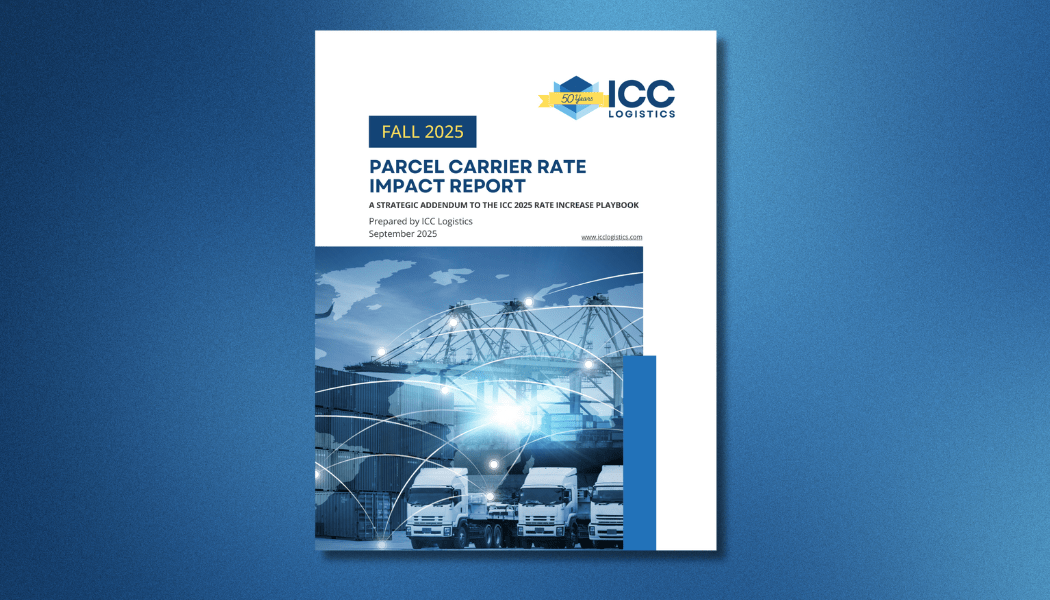Starting July 19, 2025, over 40% of LTL commodities will be reclassified based on an expanded density-based scale, which could dramatically shift shipping costs for small and mid-sized businesses.
These NMFC updates are just the beginning of a larger overhaul that will continue to unfold over the coming years. The impact on your freight budget could be significant and unavoidable if you’re unprepared.
Why This Matters Now
Many LTL shippers are unaware that freight classifications, as they know them, are about to change. Carriers will now rely heavily on shipment density, not just weight or product type, when determining rates. This means:
- Inaccurate packaging or misclassified freight will lead to surprise charges.
- Carriers will be in control of weighing and measuring. You can’t dispute balance dues if you can’t prove your shipment’s density.
- The days of “estimated dimensions” or “close enough” classifications are over.
“There’s a real push toward density being the overarching factor,” notes logistics analyst Scooter Sayers. “It’s not just what you ship, it’s how it’s packed and how much space it takes up.”
The Financial Impact: An Example
Let’s break it down using a real scenario from our analysis: For example, a 1000lb. shipment from Calhoun, GA to Chicago, IL.
Current Classification:
- Item 49017 – Quilted Comforters
- Class 200 – 1,000 lbs = $516.86
Proposed Density-Based Classification:
- Item 49260 – Based on 4 PCF (Sub 4 = Class 175)
- Class 175 – 1,000 lbs = $465.81
- Savings: $51.05
*But if the same product falls into a lower density range (say, Sub 2 = Class 300):
- Item 49260 – Based on 1-2 PCF
- Class 300 – 1,000 lbs = $757.21
- Cost Increase: $240.35
In short, get your density wrong, and you could see huge increases. Get it right, and you could save.
What LTL Shippers Need to Do Today
Evaluate Your Freight Classifications and Packaging
Start by taking a closer look at how your freight is currently classified and packaged. Understanding the actual density of your shipments, based on weight and cubic dimensions, is essential under the new system.
Even small changes in packaging or box design can push freight into a different class, with major cost implications.
Understand That the Carrier’s Word Will Be Final
Under the new rules, carriers will be responsible for weighing and measuring freight. Their assessments will drive your billing, and unless you can provide verifiable documentation of your freight’s true density, disputes will be difficult to win.
Solid measurement protocols and recordkeeping will become critical.
Rethink Packaging Strategies
The changes also highlight the need for smarter packaging. Reducing void space, using right-sized cartons, and exploring lighter or more compact materials can help improve density scores and reduce freight costs.
These efforts can also support broader sustainability and cost-reduction goals.
Keep a Close Eye on Your Freight Bills
It will be increasingly important to monitor invoices closely. Mistakes in classification or dimensioning may become more common as the industry adjusts to the new rules, and catching discrepancies early could save significant amounts over time.
Prepare for Ongoing Adjustments
The July 2025 updates are just the beginning. Shippers should stay informed and be ready to adapt to further changes as the NMFC classification system continues to evolve.
Final Thoughts
The NMFC overhaul isn’t a one-time event; it’s a long-term shift in how freight is classified, priced, and managed. Those who act now will gain a competitive edge. Those who don’t may find themselves blindsided by inflated freight bills and diminished profit margins.
Whether you need a classification audit, a packaging review, or an ongoing freight bill audit, ICC Logistics is here to guide you through the transition and beyond.
Contact us today for a complimentary NMFC Readiness Assessment.



 to receive our FREE white papers:
to receive our FREE white papers: